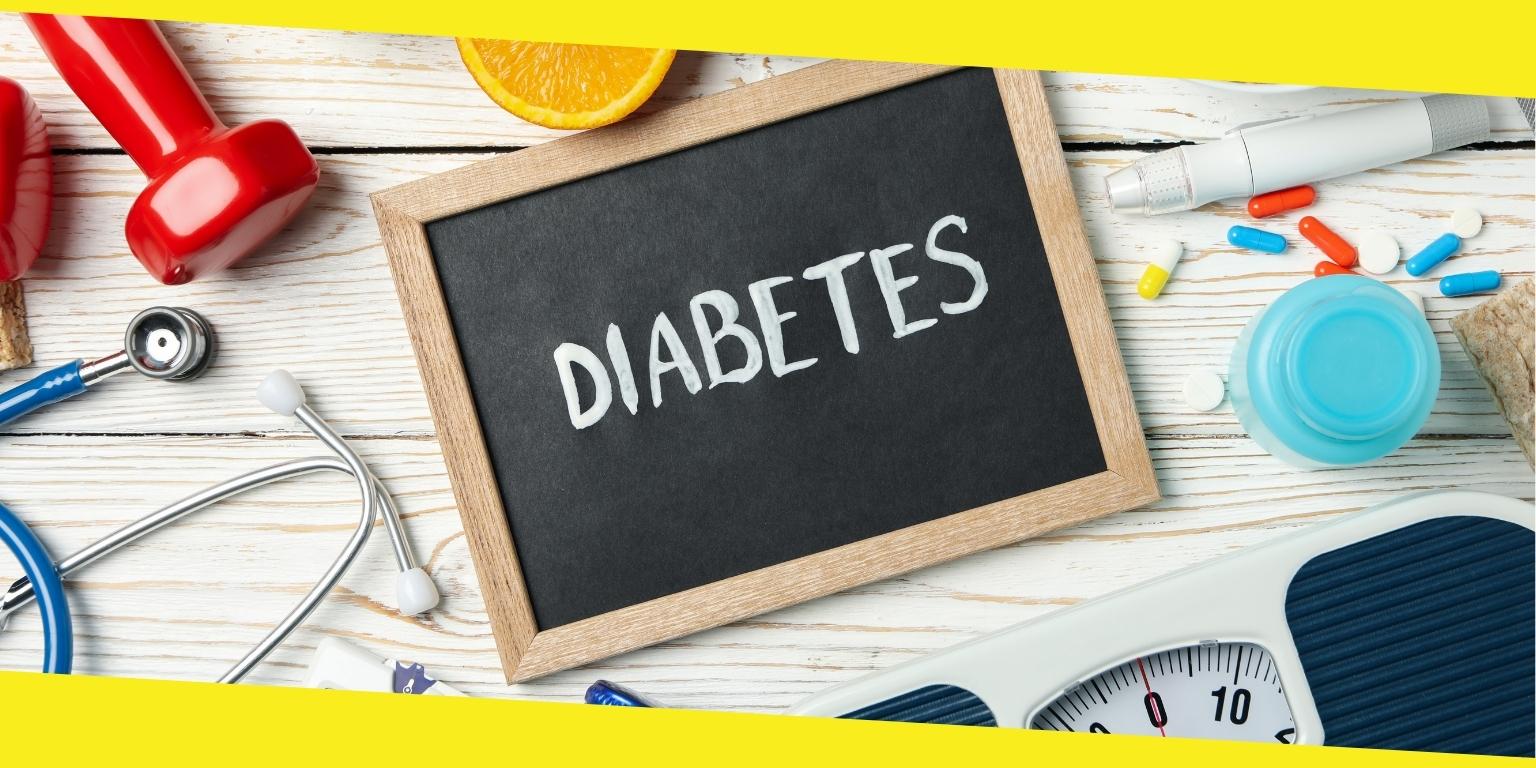Diabetes: The Silent Killer

Your body breaks most of the food you eat into sugar or glucose, vital to your health. Glucose is an important energy source for the cells that make up your tissue and muscles. However, too much of it can cause serious health problems such as kidney disease and vision loss; thus, the body produces insulin to regulate glucose levels. But if you have diabetes, your body doesn’t produce adequate insulin or can’t use the insulin as it should. There is no cure for diabetes, but Kalpana Desai MD can help you control your blood sugar levels with treatment and lifestyle changes such as being active and eating healthy foods. Below are the different types of diabetes.
Contents
ToggleType 1 diabetes
Type 1 diabetes is an autoimmune disease usually diagnosed in children and adolescents, but it can also affect adults. It occurs when the body’s immune system destroys insulin-producing cells in the pancreas (islet). Consequently, the body produces little or no insulin, causing glucose levels to rise in the bloodstream. The symptoms of type 1 diabetes appear suddenly and may include increased thirst and start wetting the bed even if they previously did not.
Type 1 diabetes has no cure, so treatment focuses on managing blood sugar levels. Patients with type 1 diabetes require insulin injections for a lifetime.
Type 2 diabetes
Type 2 diabetes is usually due to two interrelated problems – the pancreas produces insufficient insulin, and the cells respond poorly to insulin, so they take less sugar. The symptoms of type 2 diabetes usually develop gradually, so you might be living with this disease for years without knowing it. Although type 2 diabetes is common in older adults, it can still develop in younger people. You are more likely to develop type 2 diabetes if you are obese, physically inactive, or have a family history of this disease. Other risk factors of type 2 diabetes include blood lipid levels, age, and prediabetes.
Prediabetes
Prediabetes is when your blood sugar levels are above average but not so high to be diagnosed as type 2 diabetes. You can develop this condition if your pancreas does not produce enough insulin or when the cells poorly respond to insulin action. Without lifestyle measures like exercising and eating healthy foods, prediabetes can progress to type 2 diabetes. The same risk factors that increase your risk for type 2 diabetes also increase the odds of getting prediabetes. For example, prediabetes is more likely to occur in overweight individuals and people who do not exercise.
Gestational diabetes
Gestational diabetes causes high blood sugar levels in pregnant women but usually disappears after birth. When the pancreas does not produce enough insulin, sugar accumulates in the bloodstream. Gestational diabetes can occur at any stage of pregnancy, but it is common in the second or third trimester. Without treatment, gestational diabetes can affect the health of the mother and the unborn child. Sometimes simple lifestyle changes such as exercising and eating healthy are all you need to bring down sugar levels. But sometimes, your healthcare provider may prescribe medication, tablets, or insulin shots.
If you have further questions about diabetes, consult your healthcare provider at Kalpana Desai, MD.
Most Inside
Most Inside offers high-quality recommendations and valuable updates to enhance all aspects of your life, providing premium guidance and enriching experiences.




